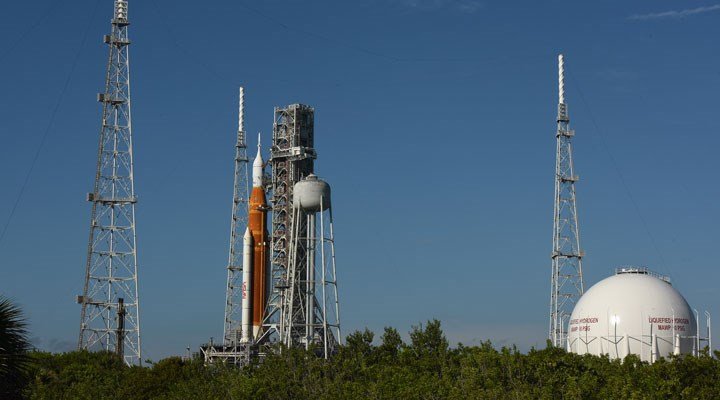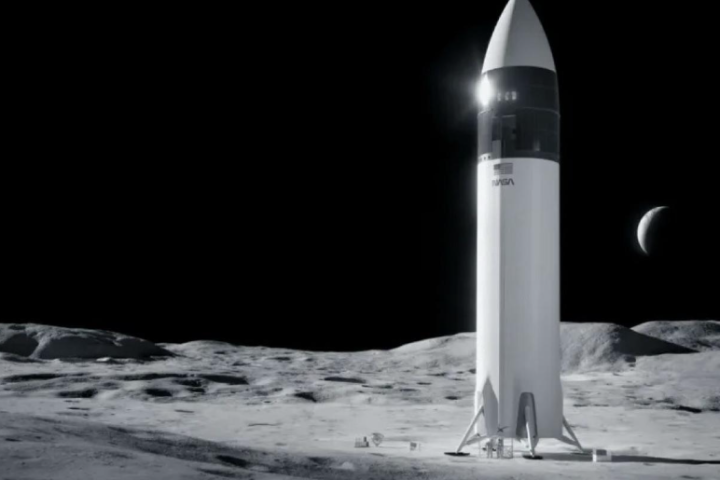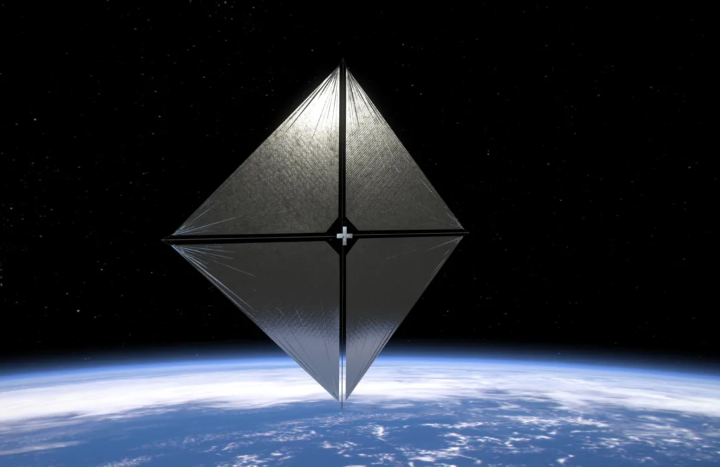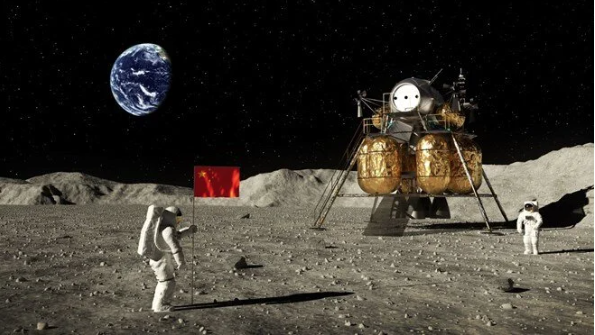Due to an engine bleed that is still being looked into, NASA decided not to attempt to launch the historic Artemis 1 mission on Monday morning.
In case you somehow missed it, plans are already underway for humans to visit the Moon once more.
The first contemporary crewed mission to the satellite of our planet is still a ways off. The rocket that is intended to get us there, however, would undergo its first true test on Monday morning’s scheduled launch attempt.
On Monday, August 29, at 08.36am EDT (1254 UTC), the launch was sadly canceled because an engine bleed test resulted in an incorrect engine temperature reading.
The team will leave the rocket half fuelled because it is in a stable state and can be used for further testing.
The earliest window for the subsequent launch would be at 12.48 p.m. EDT (16.48 p.m. UTC) on Friday, September 2, although that would rely on the outcomes of ongoing engine bleed tests.
The countdown entered an unexpected pause at T-40 minutes, roughly an hour before the two-hour launch window that was scheduled.
When the engine started to leak liquid hydrogen fuel during fueling, a problem developed.
This mission, known as Artemis 1, is the first of a string of progressively more difficult missions intended to send people back to the Moon for the first time since December 1972.
The new Space Launch System being employed is the most potent rocket NASA has ever launched, and it will not only travel to the Moon — further than any spacecraft made for humans has ever flown — but also deploy a few small satellites.
A slightly odd assortment of mannequins, antiques, souvenirs, and zero-gravity indicators will be present on board the Orion Crew Capsule.
In order to ensure that the spacecraft is secure for future crew, it is important to practice spacecraft operation and test crew circumstances.
NASA intends to fly the first crewed Artemis mission, Artemis 2, in 2024 utilizing a more potent variant of the Space Launch System rocket.
The goal of Artemis 3—which is scheduled for 2025—is to bring the first woman and the first person of color close to the south pole of the moon.
The Artemis 4 mission will transport men to the Gateway miniature lunar base in 2027.





